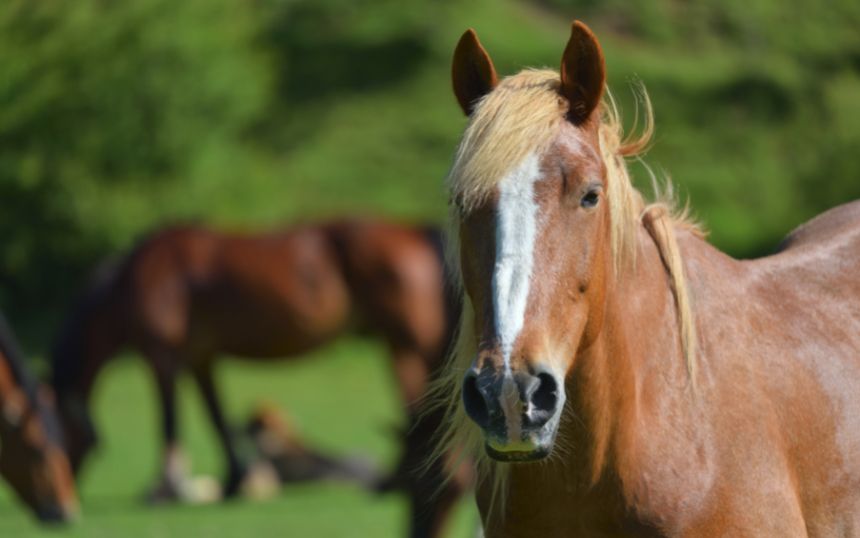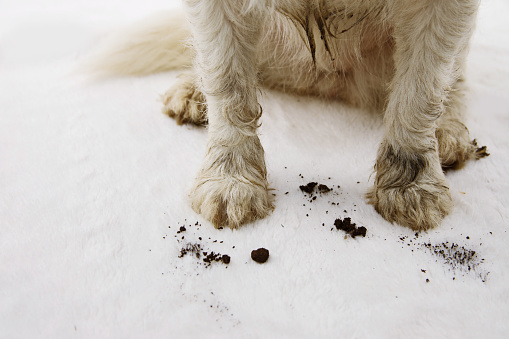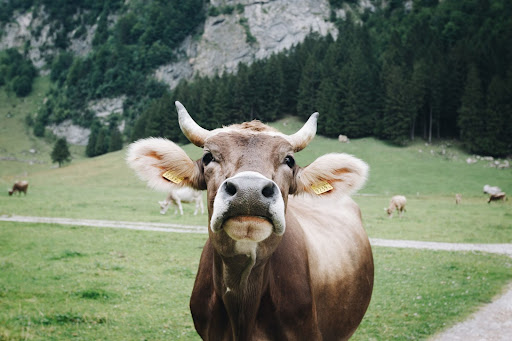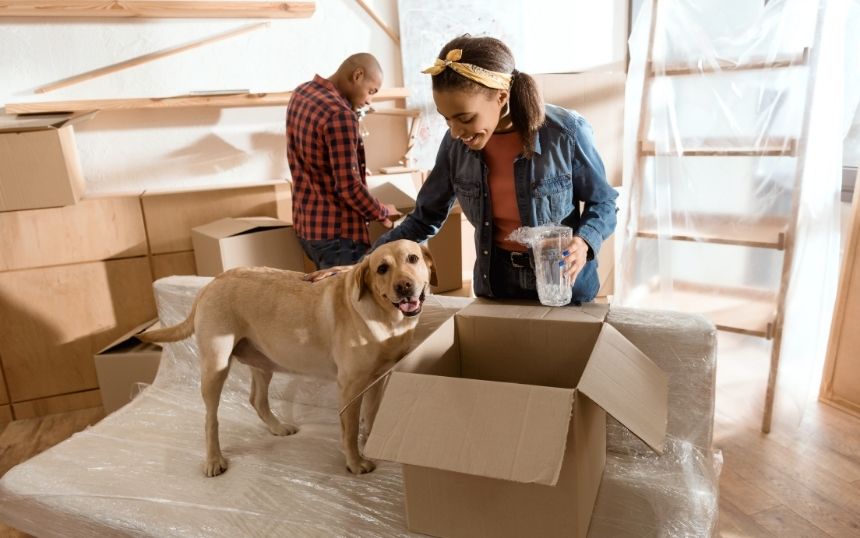Top Tips for a Smooth and Stress-Free Pet Shipping Experience
Air travel can be incredibly stressful for pets. To help ensure a smooth, stress-free flight, pet owners should work on desensitizing their pets to the carrier before transporting them. With new restrictions on pet travel in the cabin and airport summer disruptions, many pet owners wonder how to ship their dogs by plane.
Plan Ahead
Transporting pets, whether for a long-distance move or simply a visit to the veterinarian, requires special attention to detail. By adhering to certain dos and don’ts of pet transport and preparing your furry companion properly, you can ensure a smooth and stress-free travel experience for all involved. Pet owners must adhere to federal regulations and airline company policies when arranging air shipment of their animals, whether as cargo or as checked baggage. This may involve a health certificate from a licensed veterinarian or a vaccination certification. It’s also essential that pets be acclimated to their travel crate well before the trip. This will help them feel more comfortable during their travels and prevent them from becoming stressed and agitated during the flight. This can be done by allowing your pet to enter the crate freely in the busy areas of your home and rewarding them with treats. It’s also a good idea to tape a small pouch of food outside the crate so that airline personnel can feed them in case of an extended delay.
Don’t Tranquilize Your Pet
The constant movement of the plane and turbulence can cause pets to be anxious and upset. Air travel can be stressful, especially when your pet is stowed in a small crate with several other animals in the cargo hold. Giving your pet tranquilizers or sedatives to help them get through the flight can be dangerous because a sedated animal can have trouble breathing at high altitudes. Additionally, sedatives can affect a pet’s natural ability to balance and maintain equilibrium, which can cause additional stress during the flight. Instead of tranquilizers, try calming techniques like talking to your pet and reassuring them during the flight or using pheromone collars or supplements that can reduce anxiety and promote calmness. You can also place their favorite toy or blanket in the carrier to give them a sense of security. Lastly, avoid feeding your pet solid food for at least four hours before the flight to avoid stomach issues caused by motion sickness or nausea.
Be Prepared for Unexpected Delays or Changes
While airlines may have the best intentions when transporting pets in cargo, unexpected delays or changes can lead to stress and discomfort. This is why preparation is so necessary. When arranging your pet’s travel, ensure they have clean health bills from your veterinarian (required for all flights), a soft-sided carrier, food and water, and any favorite toy or blankets to help ease their anxiety. Also, if they will be flying as cargo rather than in the cabin, be sure to book them on a flight that departs and arrives during a weekday when airport staff is most active and liaison between airlines and the air freight facility is easier. If your pet is too large to fly in the cabin, work with a pet relocation service that offers ground transportation. These services are run by animal lovers who understand that your pet is more than just an object – they are a family member.
Keep Your Pet in Their Carrier
In the weeks leading up to your flight, get your pet used to their carrier by taking them in it for short sessions (starting with a few minutes and gradually increasing it daily), putting treats inside and out of the crate, moving the crate around, and so on. Eventually, your pet will associate their crate with happy and safe times and feel more at ease during the flight. It’s important to remember that although most animals fly safely as cargo, several pets are killed or injured on flights each year due to overly hot or cold temperatures, poor ventilation, and rough handling by airline employees. For this reason, it’s always a good idea to use a professional pet transport service. If you’re unsure where to start, look for a pet transport company accredited by the USDA and with positive reviews from previous customers.




